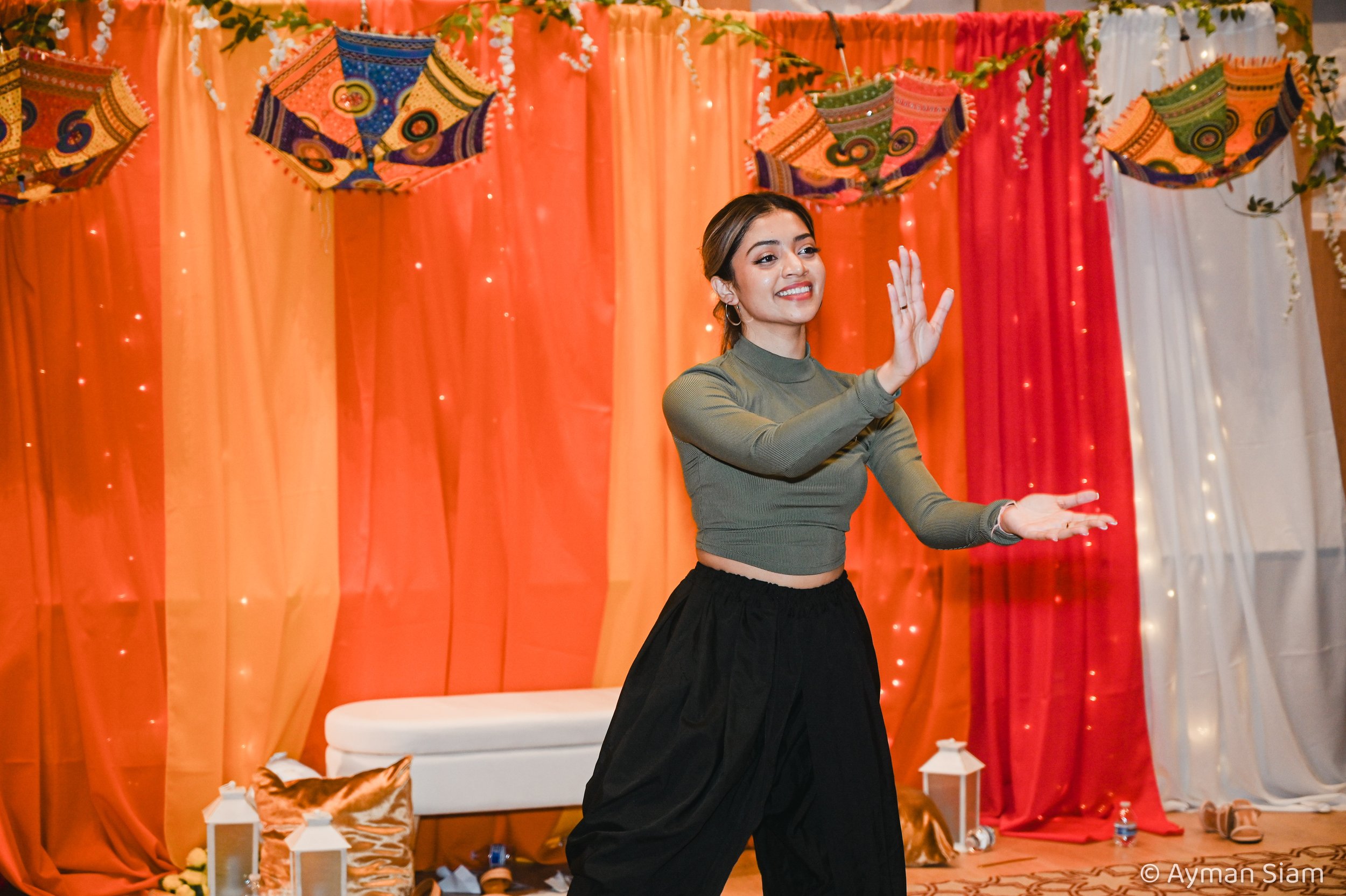South Asian Dance and Rhythmic Healing
Dance and movement have long been recognized as a creative expression of the human body, mind, and spirit. People have used this form of medium to convey emotions, celebrate traditions, and connect with one's roots. In the context of South Asian communities, dance holds an even more significant meaning: its role in having a positive impact on mental health and well-being.
South Asian dance comes in many forms, such as Bharatanatyam, Bhangra, and Kathak, which each showcase unique movements, rhythmic patterns, and coordination that require a deep connection between the mind and body. Engaging in these dances allows individuals to exercise their feelings into motion and free themselves of built-up stress that channels its way out of the body through a coordinated flow of steps, thereby promoting relaxation and fostering a shift of focus from the external environment into an exploration of oneself.
For many South Asians, partaking in dances becomes a powerful means of strengthening one's bond with their heritage and connecting with a history of narratives, experiences, and identities that they share with others. Through dance, individuals can feel grounded during times of stress, and have a sense of nearness to their culture, family, and/or religion.
South Asian dance comes in many forms, such as Bharatanatyam, Bhangra, and Kathak, which each showcase unique movements, rhythmic patterns, and coordination that require a deep connection between the mind and body. Engaging in these dances allows individuals to exercise their feelings into motion and free themselves of built-up stress that channels its way out of the body through a coordinated flow of steps, thereby promoting relaxation and fostering a shift of focus from the external environment into an exploration of oneself.
For many South Asians, partaking in dances becomes a powerful means of strengthening one's bond with their heritage and connecting with a history of narratives, experiences, and identities that they share with others. Through dance, individuals can feel grounded during times of stress, and have a sense of nearness to their culture, family, and/or religion.
The unification of the body and soul allows dancers to have a platform in which they are mentally and physically engaged. Learning and performing such intricate performances stimulates cognitive functions and contributes to a sharper mind that offers a healthy way of distracting oneself from negative thoughts and anxiety. According to an article from Harvard Medical School, Dancing and the Brain, “much of the research on the benefits of the physical activity associated with dance links with those gained from physical exercise, benefits that range from memory improvement to strengthened neuronal connections.”
Focused and structured movements that South Asian dances are built upon are efficient in offering cognitive benefits, psychological gains through its disciplinary coordinated structure, and social gains from group dances and connecting through the same dance even when performed individually. It serves as a holistic approach to mental wellness, and by incorporating these dance forms into our lives, we can tap into a waterfall of mental health benefits. So, get moving and venture on a journey of self-discovery, well-being, and cultural festivity through the art of South Asian dance!


